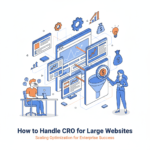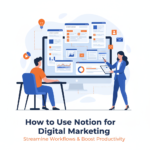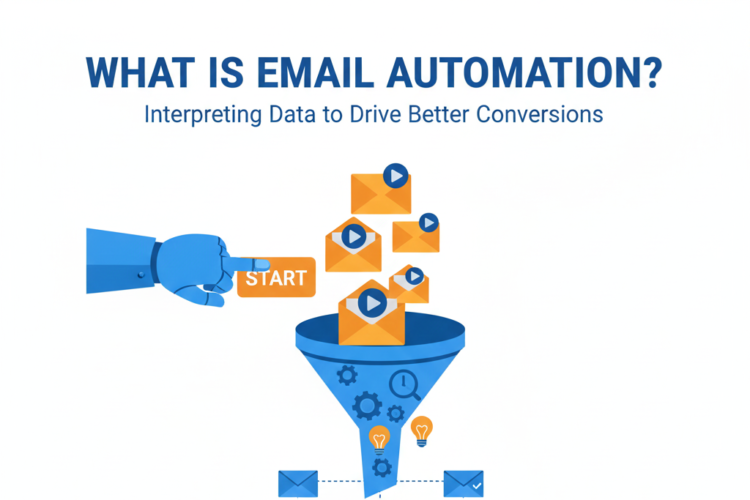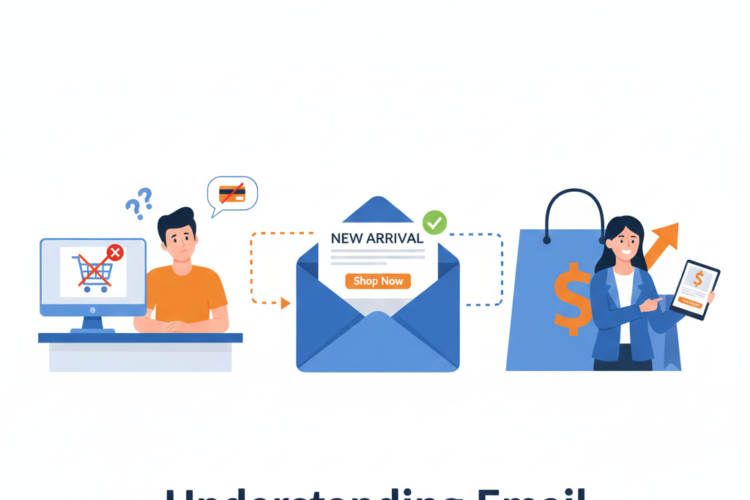
How to Re-Engage an Inactive Email List: A Comprehensive
Introduction
In the world of email marketing, list fatigue and subscriber inactivity are inevitable. Even the most well-maintained lists will accumulate dormant contacts over time. However, inactive subscribers don’t necessarily equate to lost opportunities. With a strategic and empathetic approach, you can reignite interest and transform disengaged recipients into loyal customers.
This in-depth guide explores every facet of re-engaging an inactive email list—from understanding why subscribers go silent to designing effective reactivation campaigns and measuring success.
Chapter 1: Understanding Email List Inactivity
1.1 What Defines an Inactive Subscriber?
An inactive subscriber is typically someone who hasn’t opened or clicked on your emails over a specific period (usually 3–12 months). This period depends on your sending frequency and business model.
1.2 Common Reasons for Inactivity
Content no longer relevant
Too many emails or inconsistent cadence
Inbox overload
Changed email address
Initial interest was temporary
1.3 Risks of Keeping Inactive Contacts
Hurts email deliverability and sender reputation
Skews engagement metrics
Wastes budget (especially with paid tools)
Chapter 2: Segmentation and List Cleaning
2.1 Segmenting Inactive Users
Use behavioral data to segment your inactive list:
Openers but non-clickers
Non-openers
Clickers who haven’t converted
2.2 Clean Your List
Before running a re-engagement campaign:
Remove invalid or hard-bounced emails
Consider removing subscribers inactive for 12+ months
2.3 When to Let Go
Sometimes, purging part of your list is necessary. Focus on quality over quantity.
Chapter 3: Crafting a Re-Engagement Strategy
3.1 Set Clear Goals
Improve open and click rates
Regain interest
Identify truly inactive users
Reduce spam complaints
3.2 Choose the Right Time
Send re-engagement campaigns during periods of promotional relevance (e.g., before holidays or launches).
3.3 Re-engagement Timeline
1st email: Soft reminder or update
2nd email: Incentive or feedback request
3rd email: Urgency or last chance
Chapter 4: Writing Effective Re-Engagement Emails
4.1 Email #1: The “We Miss You” Email
Subject line: “We miss you! Here’s what’s new”
Include personalized updates
Highlight new content or features
4.2 Email #2: The Incentive Email
Subject line: “Here’s 20% off to come back!”
Offer discounts, freebies, or exclusive content
Keep CTAs clear and prominent
4.3 Email #3: The Feedback Email
Subject line: “How can we do better?”
Ask for preferences or survey responses
Include a re-subscribe link
4.4 Email #4: The Final Warning
Subject line: “Are we breaking up?”
Communicate the intention to remove them from your list
Offer a one-click re-subscription option
Chapter 5: Design and Deliverability Best Practices
5.1 Mobile Optimization
Ensure emails render well on all devices. Use single-column layouts, large CTAs, and minimal text blocks.
5.2 Personalization
Go beyond the name. Use dynamic content like location, product views, and engagement history.
5.3 Avoiding Spam Triggers
Use clean subject lines
Avoid ALL CAPS and excessive punctuation
Maintain a healthy image-to-text ratio
5.4 Authentication and Compliance
Ensure DKIM, SPF, and DMARC are in place
Include a visible unsubscribe link
Comply with GDPR/CCPA standards
Chapter 6: Alternative Tactics Beyond Email
6.1 Use SMS or WhatsApp
If you have consent, use SMS or WhatsApp to prompt re-engagement with concise, clickable messages.
6.2 Social Media Retargeting
Upload your inactive list to Facebook or Instagram for retargeting campaigns.
6.3 Website Popups
Use exit-intent popups to prompt returning inactive users with special offers.
Chapter 7: Leveraging Automation
7.1 Build a Re-engagement Workflow
Create automated email sequences triggered by inactivity. Use conditional logic to tailor messages based on behavior.
7.2 Trigger-Based Campaigns
Trigger email when a user hasn’t opened the last 5 campaigns
Trigger based on cart abandonment or lack of login activity
7.3 Tools to Use
ActiveCampaign
Mailchimp
Klaviyo
ConvertKit
Chapter 8: Measuring Success
8.1 Key Metrics to Track
Open rates
Click-through rates
Conversions
Re-subscription rate
Unsubscribe rate
8.2 A/B Testing
Test:
Subject lines
Timing (day and hour)
Email length and design
CTAs
8.3 Benchmark Your Results
A successful re-engagement campaign should reactivate 10–25% of your inactive list.
Chapter 9: Preventing Future Inactivity
9.1 Welcome Sequences
Set expectations early with a warm, informative welcome sequence.
9.2 Preference Center
Let users customize:
Email frequency
Topics of interest
Content formats
9.3 Regular List Hygiene
Clean your list quarterly. Remove hard bounces and consistently inactive users.
9.4 Deliver Continuous Value
Ensure every email solves a problem, entertains, educates, or inspires.
Chapter 10: Case Studies and Real-World Examples
10.1 E-Commerce Brand
An e-commerce brand sent a “We Miss You” series with a 15% discount. Result: 18% re-engagement rate.
10.2 SaaS Platform
A B2B software company used feedback emails to segment inactive users by interest. Result: Reduced churn by 22%.
10.3 Newsletter Publisher
They used a final warning email with the subject line, “Is this goodbye?” and saw a 24% re-subscribe rate.
Conclusion
Re-engaging an inactive email list isn’t just about recovering lost contacts—it’s about reaffirming value, building trust, and refining your marketing strategy. With thoughtful segmentation, compelling content, and the right automation tools, you can turn dormant subscribers into active advocates.
Take a proactive approach to list management, learn from engagement patterns, and continually refine your messaging. When done right, re-engagement campaigns breathe new life into your marketing efforts—and your audience.
Author



